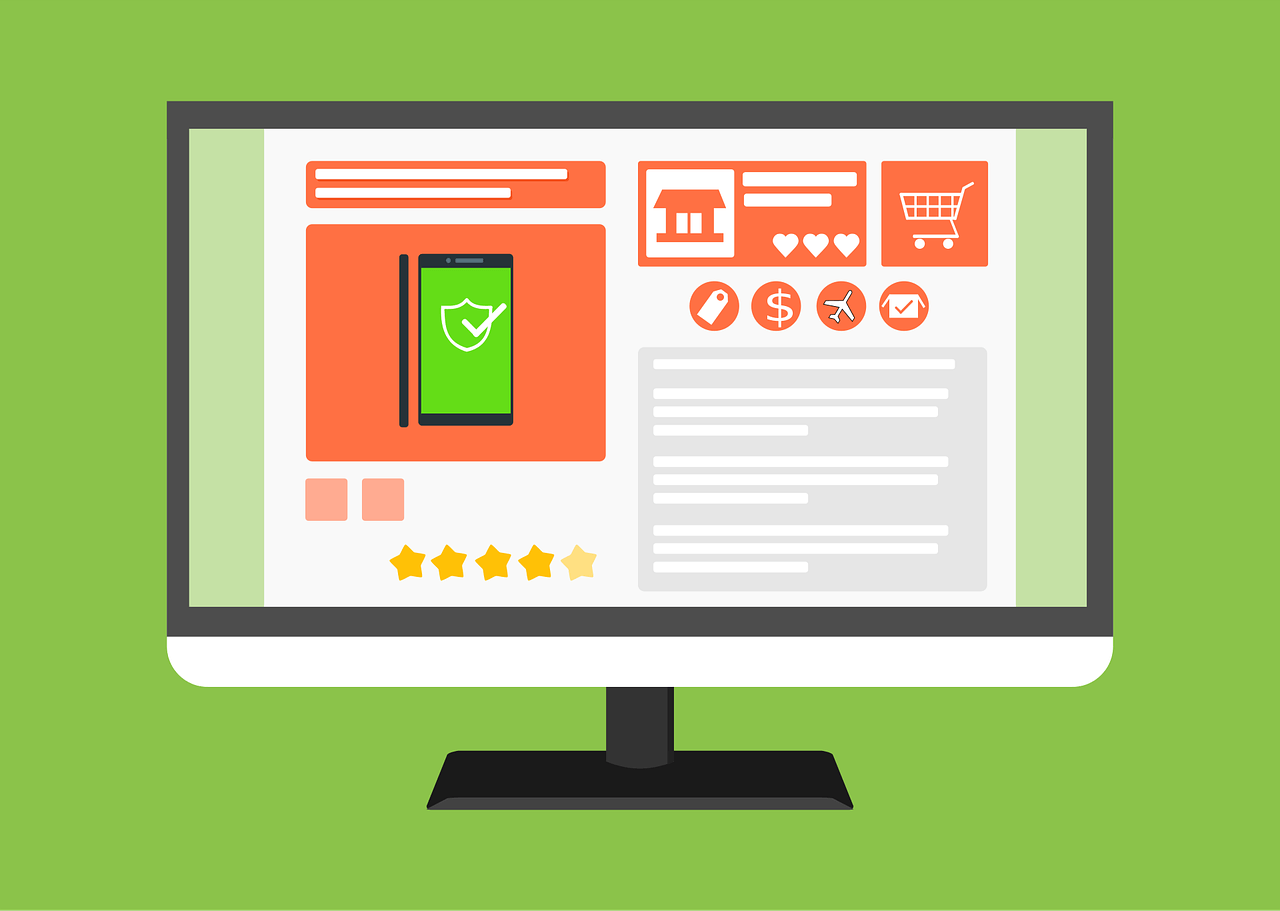Shopify for Beginners: Launch Your Online Store Step-by-Step
This post contains affiliate links. I may earn a small commission if you make a purchase through them — at no extra cost to you. I only recommend what I trust.
Imagine turning your passion into a profitable venture by making money online through an e-commerce platform.
With the rise of digital commerce, starting a business has never been more accessible. You can now start a business from the comfort of your home and reach a global audience.
Launching a successful shopify online store involves several key steps. By following a step-by-step guide, you can establish a thriving e-commerce business. This will start your journey to financial independence.
This article will walk you through the process. It will provide you with the necessary tools and insights to succeed in the competitive world of online commerce.
What is Shopify and Why Choose It for Your
Online Store?
Shopify is known for being easy to use. Starting an online store can seem hard, but Shopify makes it simple. It has a user-friendly dashboard and lots of customizable themes.
As your business gets bigger, Shopify can grow with you. It's designed to handle more sales and products. Your store will stay fast and reliable.
Shopify also has a huge app store. It has apps for marketing, SEO, and more. These tools help your business grow and succeed.
Getting Started: Setting Up Your Shopify Account
Starting your online store with Shopify is easy. First, go to the Shopify website and click "Get started." Then, enter your business details like email, store name, and password.
Next, pick a plan that fits your business. Shopify has several plans with different features and prices. You can choose from Basic Shopify, Shopify, or Advanced Shopify, based on your needs.
Think about your business size, product number, and support needs when picking a plan. The Basic Shopify plan is great for small businesses or new starters. The Advanced Shopify plan is best for bigger businesses with more complex needs.
After picking your plan, enter more business details like address and phone number. This info helps set up your store and follow laws.
By following these steps, you can quickly set up your Shopify account. With the right plan, you're ready to start your online retail business.
Choosing and Customizing Your Shopify Theme
A good Shopify theme can make your brand stand out in e-commerce. Your Shopify online store is often the first thing customers see. It's key for attracting and keeping customers.
Think about your products and the look you want to show. Shopify has many free and paid themes for different businesses. After picking a theme, you can make it your own.
Changing colors and fonts is important for making your theme personal. Go to the theme editor to change colors and fonts. This makes your store look better and helps your brand feel more cohesive.
Choose colors that fit your brand and appeal to your audience. Pick fonts that look good and are easy to read. This makes your Shopify online store more engaging and professional. It can help you keep customers and make passive income.
After you've customized your theme, check how it looks. If it's good, you can make it live for customers. A well-done theme not only looks great but also helps grow your brand and sales.
Adding Products to Your Shopify Online Store

Adding products to your Shopify store is key to e-commerce success. The products you sell shape your brand and store success. It's important to pick items that appeal to your target audience and make them want to buy.
To begin, create product listings that are informative and engaging. Write compelling product descriptions that show off your products' benefits and unique features. Your descriptions should be easy to understand and free of confusing terms.
Finding the right price for your products is essential. As a new store, you must balance being competitive and making a profit. Research your competitors and the market to set prices that stand out.
Consider offering discounts or promotions to attract early customers and encourage reviews.
Use psychological pricing strategies, such as pricing products at $19.99 instead of $20, to make your prices more appealing.
Monitor your sales and customer feedback to adjust your pricing strategy as needed.
By carefully choosing your products, writing great descriptions, and setting smart prices, you can set your Shopify store up for entrepreneurship success. Start selling products online effectively.
Setting Up Payment and Shipping Options
To start making money online through your digital storefront, you need to set up payment and shipping options. This step is crucial for a seamless customer experience and for the success of your online retail business.
Shopify offers various payment processing options to cater to different business needs. You can choose between Shopify Payments and third-party payment processors.
Shopify Payments vs. Third-Party Processors
Shopify Payments is a built-in payment gateway that allows you to manage payments directly within your Shopify dashboard. It supports various credit cards and digital payment methods, making it convenient for both you and your customers. On the other hand, third-party processors like PayPal, Stripe, and others can also be integrated into your Shopify store.
Consider the following when choosing a payment processor:
Transaction fees
Supported payment methods
Ease of integration
Customer support
Setting up shipping options is equally important. You need to configure shipping rates and options that reflect your business strategy and customer expectations. Shopify allows you to set up various shipping rates based on weight, destination, and other criteria.
Determine your shipping strategy
Set up shipping zones and rates
Choose shipping carriers
Test your shipping settings
By carefully setting up payment and shipping options, you can enhance the overall shopping experience on your digital storefront. This leads to increased customer satisfaction and loyalty.
For your online retail business to thrive, it's essential to have a flexible and secure payment processing system in place, along with reasonable shipping options. This not only helps in making money online but also in building a loyal customer base.
Launching Your Store: Pre-Launch Checklist

Getting ready to launch your Shopify store? It's key to follow a pre-launch checklist for a smooth start. This checklist ensures you cover all the steps to get your store ready.
You'll need to create important pages on your Shopify store before launch. These include an About page, Contact page, and policy pages like refund and privacy policies. These pages help build trust with your customers and meet legal needs.
Essential Pages to Create:
About Us
Contact Information
Refund Policy
Privacy Policy
Terms of Service
Custom Domains vs. Shopify Subdomains
Choosing between a custom domain or a Shopify subdomain is crucial. A custom domain (e.g., yourstore.com) boosts your brand's credibility and makes your site easier to remember. Shopify subdomains (e.g., yourstore.shopify.com) are available but may seem less professional.
To succeed in e-commerce, setting up your domain correctly is vital. If you pick a custom domain, you'll need to set it up through Shopify or a third-party registrar. Make sure your domain is connected to your Shopify store to avoid any issues.
By following this checklist, you're on the path to a successful Shopify business. Take your time to review each step. This way, you'll be ready to launch your store with confidence.
Now that your Shopify store is up and running, it's time to think about growing it. To make a business that earns money while you're not working, you need to keep improving your online store. Check how your store is doing often, looking for ways to get better and add more products.
Think about using new ways to market your store, like social media or working with influencers. You can also make your store easier to use by improving how customers find what they need. Making choices based on data will help you build a successful online business that keeps customers coming back.
Keep learning about the latest in e-commerce as you go. This will help you stay ahead of your competitors and make your online store a success. With time, you'll earn a steady income without much work.
Created with ©systeme.io• Privacy Policy • Terms and Conditions • Cookie Policy

